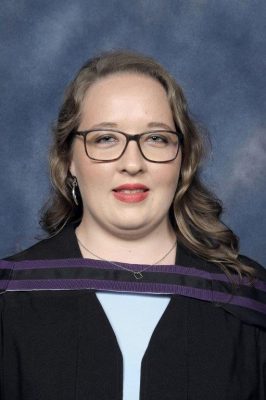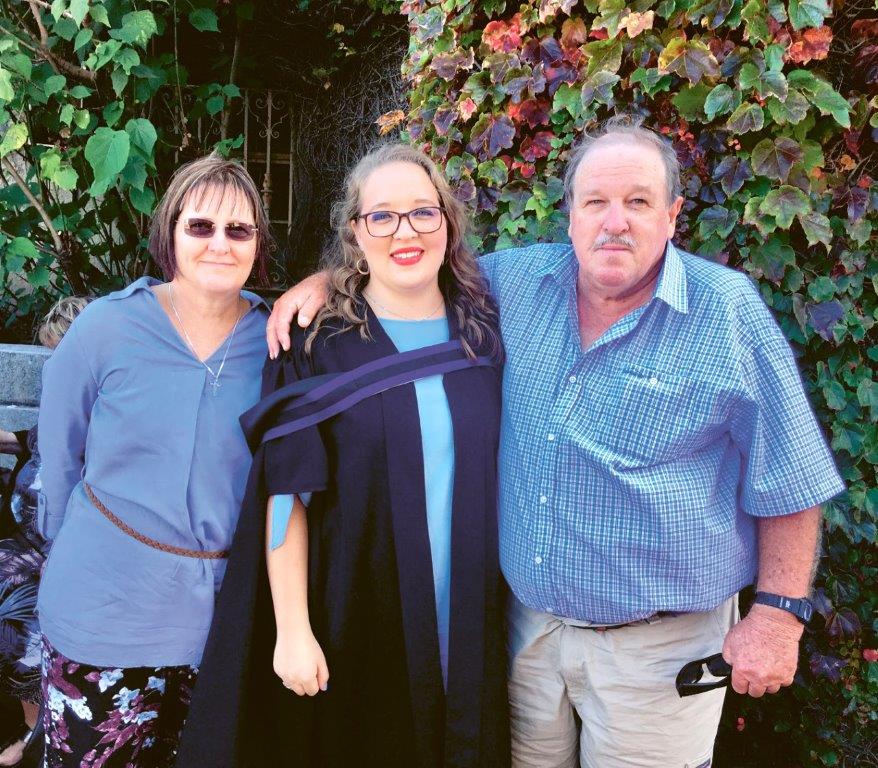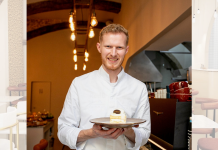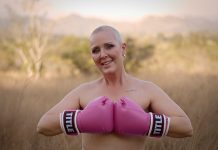A small-town girl with big dreams, Petro Janse van Rensburg hails from a farm just outside Mbombela, where, far away from the city lights, the night sky had beckoned to her from an early age.
Petro’s interest in the swirling galaxies and tiny pinpricks of light that dotted the heavens far and wide started when she was around 13 years old. “My mother gave me a book which
showcases the universe and all its wonders,” she recalls. “And, on top of that, I loved maths in high school, so I just put two and two together and decided I wanted to study the stars!” Petro chose UCT to further her studies, doing her undergraduate degree in physics and astrophysics. She went on to do her honours and master’s, also at UCT. Her master’s project involved the study of close approaching near-Earth asteroids.

Petro started her PhD this year. She explains that while she is registered at UCT, she works
mainly with her supervisor at the South African Astronomical Observatory (SAAO). “We are
studying nearby galaxies (galaxies outside of the Milky Way),” she smiles, “galaxies that form a lot of stars over a short period of time, speaking in astronomical timescales.”
Petro describes astrophysics as a rather broad field. “It is the study of everything in the universe, the planets inside and outside our solar system, asteroids, the stars, galaxies and so on. It includes, among many other topics, how the universe was created, how stars are born and how they die, how galaxies formed and evolved into how we see them today, how one galaxy affects another, if there is water on Mars, or even if there is life on other planets.” Space has amazing properties, many of which we are only just beginning to understand, and there are so many recent developments in the field to get excited about. “The most exciting thing for me at the moment is the construction of the third Asteroid Terrestrial-Impact Last Alert System (ATLAS) in Sutherland,” Petro laughs.

“These are telescopes that are being used to discover near-Earth asteroids, and the project is funded by NASA. There are already two similar telescopes located in Hawaii. The third telescope will provide southern sky coverage to make sure we don’t miss any near-Earth asteroids that could be a potential threat to life on Earth.”
Petro’s love of her chosen field is evident, and she believes anyone who has an interest in this fascinating field should follow their dream, as she did. “Let your curiosity drive you,” she says.
“Astrophysics is something that connects us all; everyone has access to the night sky. You’ll need to do reasonably well in maths and science, it will take time and it’s not easy, but the end goal is worth it. It broadens your perspective; it makes you feel like you are part of something very special.”
She adds, “In addition, astrophysics, like many other science fields, teaches you critical thinking and problem-solving, skills which can be used to make the world a better place. It is also at the forefront of new technologies. Only a very small fraction of the universe has been studied, so new telescopes and instruments are constantly being developed to peer deeper into the universe. This often requires the development of new technology. The most popular example that I can think of is that radio astronomy formed the basis of Wi-Fi technology.”
Petro’s plan for the future isn’t set in stone. Like many of us, she can’t wait for life to go back to some kind of normal. “I’ve received my first jab and I’m waiting for my second. I think it’s important to protect yourself and the people around you. Life will only go back to normal if we have developed immunity against the virus.” Short-term, Petro wants to finish her PhD, then maybe continue with her research or find a job applying the skills she has learnt for her degree.

“I may teach astronomy. Or do stargazing events,” she muses. “As long as I am doing something related to astrophysics, I’ll be happy!” With her feet firmly on the ground and her destiny written in the stars, it seems like the future for this young Lowvelder is as bright as, well, starlight.






